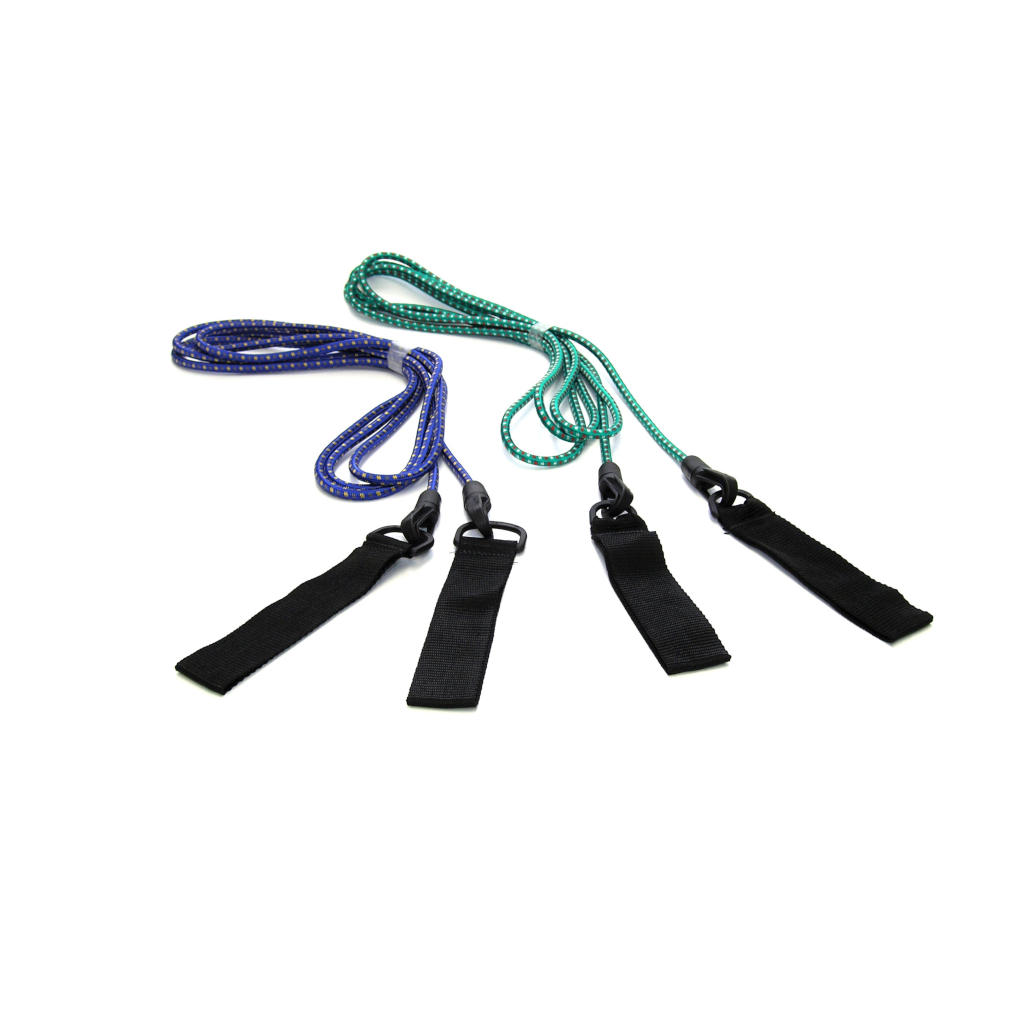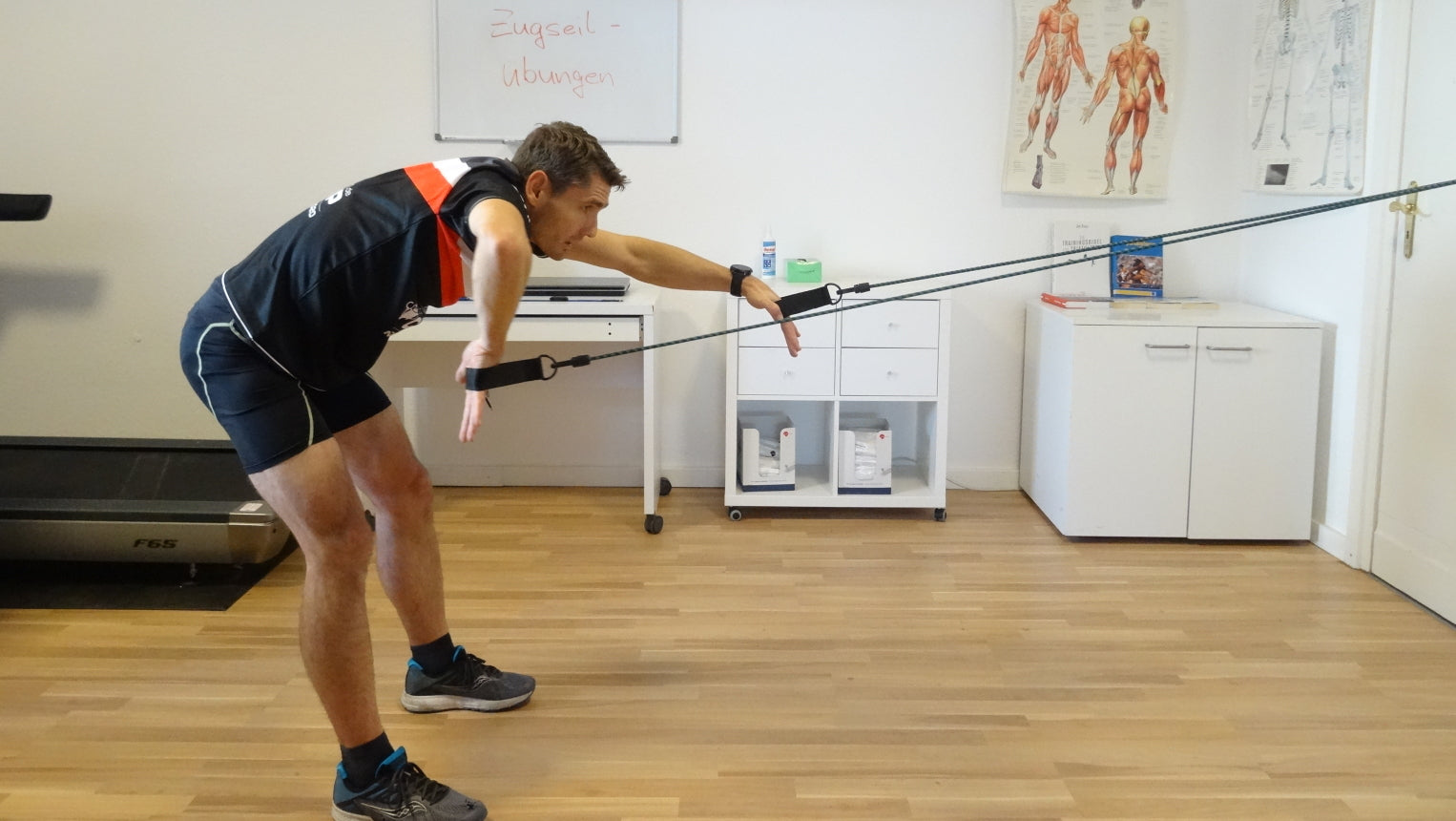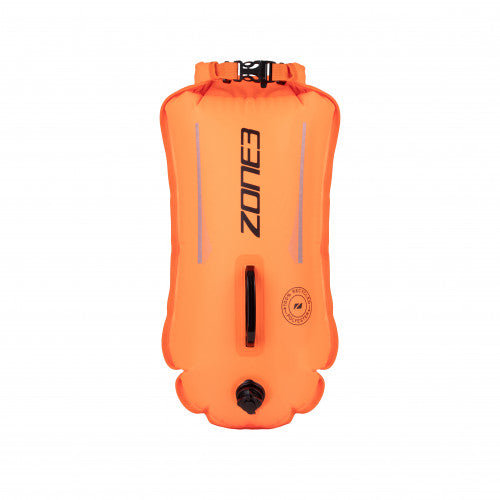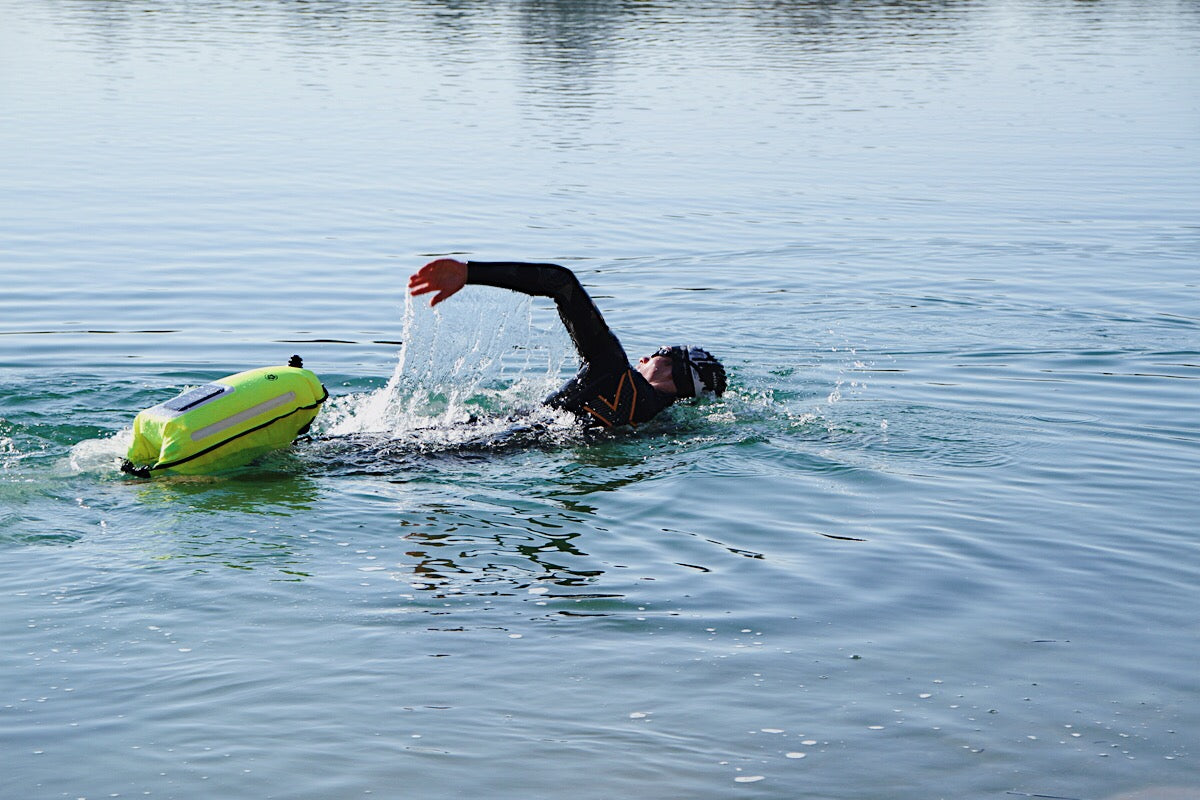beginning of spring! The temperature curve of the waters is now steadily rising, but the water temperature in most lakes is still below the comfort zone. So: how do you do open water training at only 12-14 degrees without risk? In this article we will show you what you should definitely pay attention to when the water temperatures are cold.
OPEN WATER TRAINING SAFETY
Safety first: It is best not to start alone and above all slowly!
To be sure how your body reacts in and after the water, you shouldn't throw yourself into the cold water and go full throttle to warm up. A cold start puts the body in shock. So: go slowly into the water and start the first minute with slow swimming movements, then increase the dynamics.
Hypothermia of the heart is life-threatening.
If you go into the (icy) cold water, it is not uncommon for the heart rate to quickly exceed 120 even without exercise. In the beginning, there is usually a breathing reflex that constricts your air and makes breathing much more difficult. That's why the exhaling and inhaling takes some getting used to at first. Back crawl pads are recommended, especially at the beginning.
Important: keep your head warm
In addition to the neoprene suit, a neoprene hood and a bathing cap (under the neoprene hood) are recommended. Larger swimming goggles (e.g. mask goggles) also cover the forehead and face extensively. Other neoprene accessories such as neoprene gloves and neoprene socks protect exposed extremities from the cold. It takes about 5-10 minutes for the water film between the body and the neoprene material to warm up - then it becomes comfortable.
AND LET'S GO
If you have heeded these safety precautions and are once in motion, then even 2000m are no longer a problem. At 3°, only ice floes drifting in the face are annoying. You can also do without the Neo after a few weeks of training. Instead of the neoprene hood you can also use a normal bathing cap, for example with 2 handkerchiefs as "insulation" on the forehead under the bathing cap.
After swimming you should change quickly, even if it seems "warm" out of the water in a wetsuit at first. A lukewarm tea should be available as a drink to slowly bring the body back to normal temperature.
Less is more, ice swimming is dangerous...



















